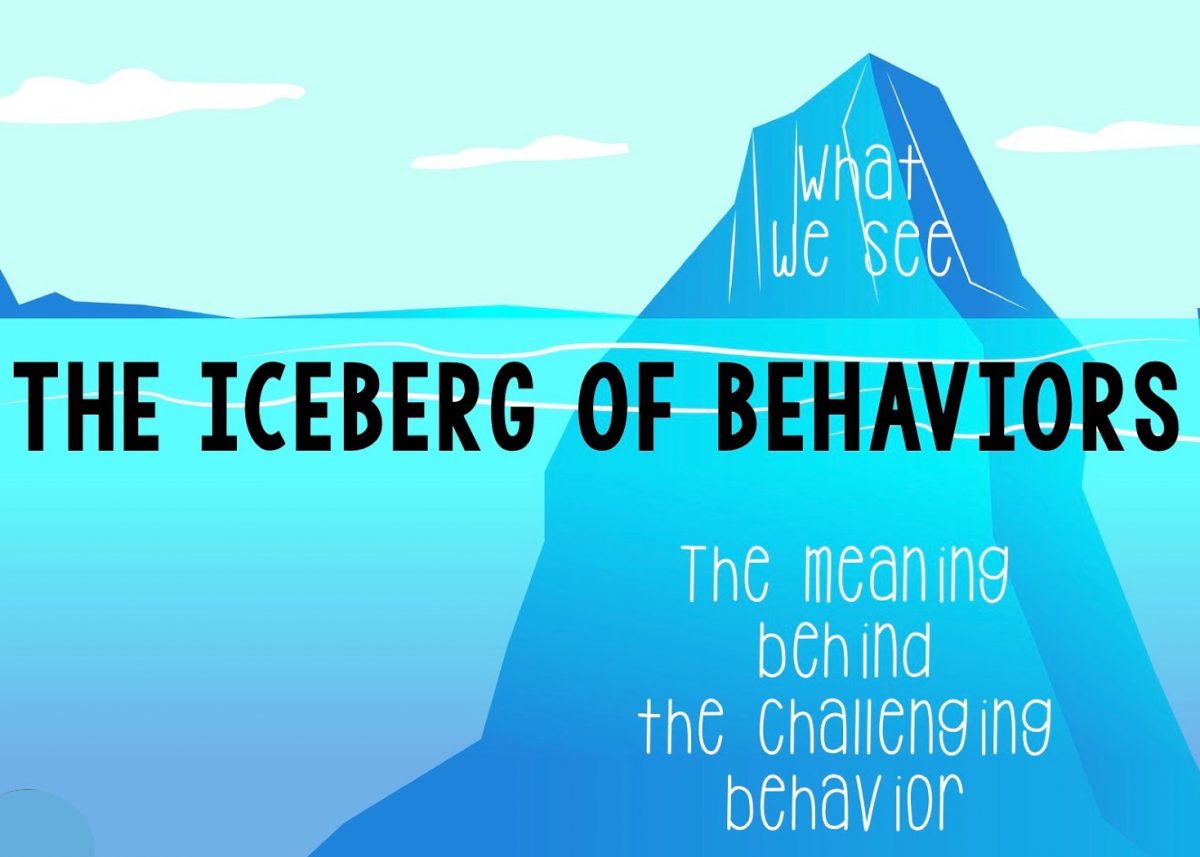Children can find it quite hard to communicate their needs and feelings. Children who have experienced trauma may find it even harder to do so. Apart from finding it difficult to understand their own feelings, they may also struggle to interpret emotions and non-verbal behaviour in other people. When the environment becomes unpredictable, children who have been in traumatic situations tend to become confused. Thus, the child may present with difficult or challenging behaviour such as; head banging, scratching, kicking and stealing. The needs that the child may be trying to express are: distress, fear, anxiety, frustration, loneliness, mistrust and conflict. Traumatic experiences can also lead a child to develop an insecure attachment with others. The following are three types of insecure attachment styles.
Avoidant attachment – Children with this type of attachment usually like to please others and try to give a helping hand when possible. Since they feel insecure about their future, they want to be liked by others to feel safer. Anxiety and hyper-vigilance are common characteristics. When something unexpected happens, they tend to panic as they are insecure over what to expect next.
Ambivalent attachment – Children with this type of attachment usually present with behaviour where they try to attract a lot of attention. Thus, they might act out and create trouble in their environment. The adult around them may frequently feel frustrated. At the same time, these children can also be charming and helpful.
Disorganised attachment – This style combines elements of the previous two attachment styles. Thus, the adult surrounding the child may feel very confused about the child’s behaviour. They can be quiet and compliant in certain situations and behave in a way to attract the adult’s attention in other situations.
Children who have experienced trauma and developed an insecure attachment style can present with behaviour which adults do not always manage to understand. Their behaviour changes since when they are presented with a particular situation, the child may re-experience the trauma such as; having a memory or associate a feeling with the traumatic experience. Thus, adults need to be more open when they see a child who is not behaving well as behind that behaviour there might be a lot of pain. Awareness to try and understand and meet the child’s need is therefore very important. This will help the child to regulate their feelings and in turn adjust their behaviour. Helping the child to identify their own emotions by teaching them different vocabulary to recognise their feelings is likely to help them express their needs better.
Reference:
Brave Heart Education (2018). Attachment and Trauma Issues in Educational Settings. Retrieved from http://www.bravehearteducation.co.uk
Dr Marilyn Muscat is registered as an Educational Psychologist with the Health and Care Professions Council in the United Kingdom where she trained. She works with children, adolescents and their families to understand more about educational, social and emotional well-being concerns that they have and to help them improve upon their difficulties.

